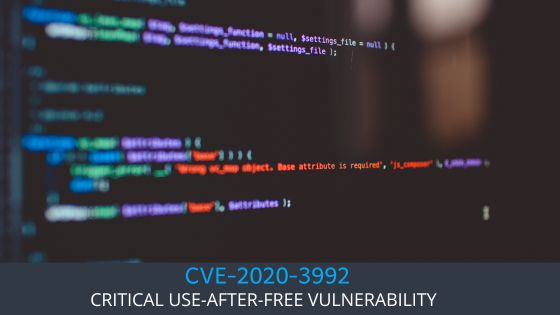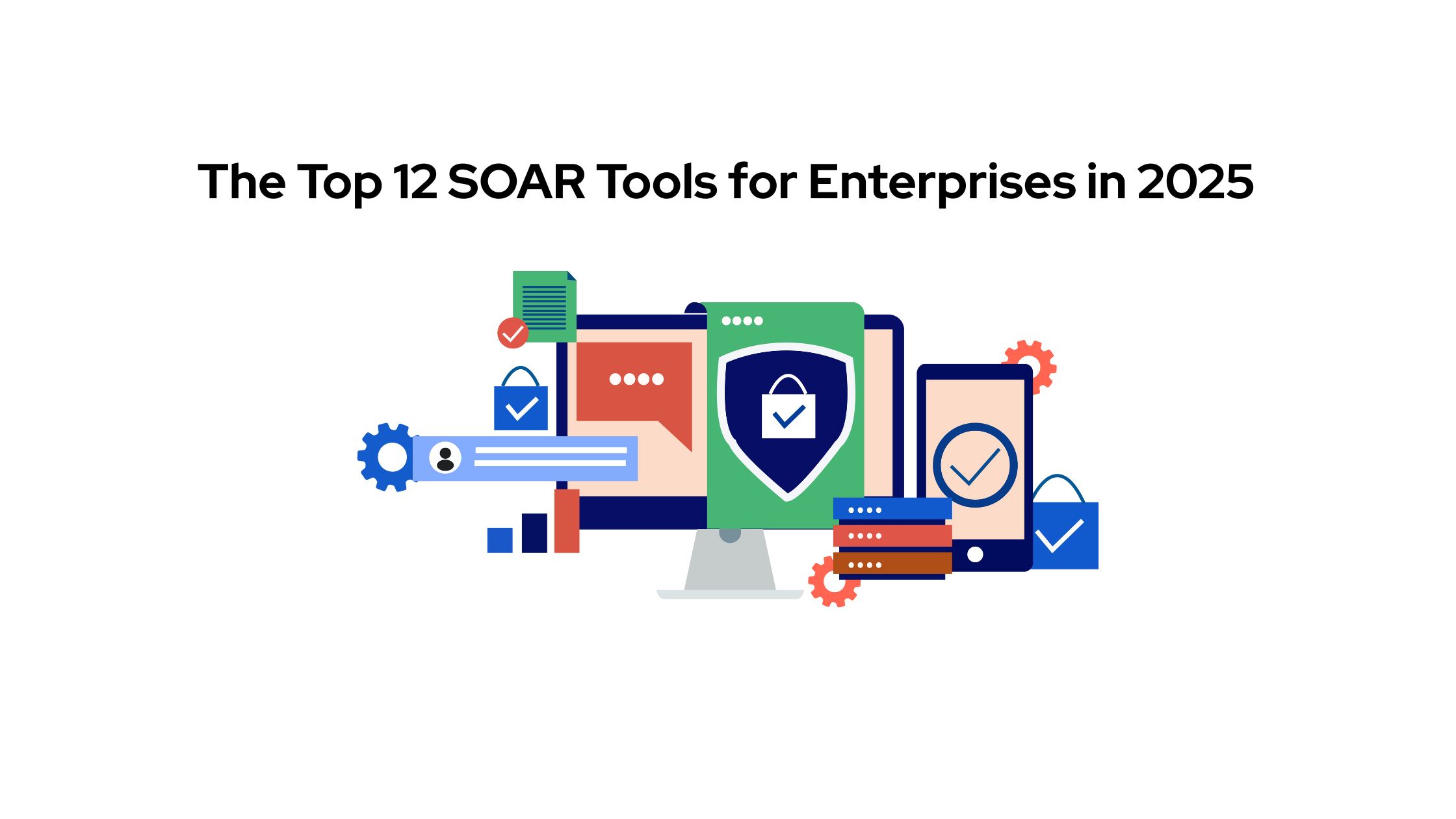A critical security flaw, CVE-2020-3992, has been detected in VMware ESXi, impacting several versions of the virtualization platform. This vulnerability stems from a use-after-free error within the OpenSLP service, highlighting the importance of maintaining secure and updated system environments.
Understanding CVE-2020-3992
CVE-2020-3992 presents a use-after-free vulnerability that can be exploited remotely. The issue exists within VMware ESXi’s implementation of the OpenSLP service, where malicious actors with network access to port 427 can trigger remote code execution.
Vector and Severity
The vulnerability has a CVSS base score of 9.8, classified as CRITICAL. The scoring reflects its potential for high impact on confidentiality, integrity, and availability due to its network exploitability, low attack complexity, and lack of required user interaction or privileges.
Root Cause
The vulnerability is primarily caused by improper memory management in the OpenSLP service used within VMware ESXi. This issue could lead to a use-after-free condition, where previously freed memory is accessed again, providing a gateway for attackers to execute arbitrary code.
Potential Impact
#1: Attackers could execute arbitrary code on affected systems, potentially taking complete control.
#2: Unauthorized access could lead to data theft or manipulation.
#3: Exploitation could result in service outages, affecting business operations.
Mitigation Strategies
VMware has addressed this vulnerability by releasing patches for affected versions. These patches rectify the memory handling in the OpenSLP service to prevent exploitation.
#1: VMware users should apply the security updates for their specific ESXi versions as detailed in VMware’s advisory.
#2: Regularly review VMware and security advisories to ensure timely application of security patches.
Alternative Actions
If immediate updating is not feasible, consider the following measures to reduce risk:
#1: Limit network access to port 427, restricting it to trusted devices only.
#2: If not in use, consider disabling the OpenSLP service on ESXi servers as a preventive measure.
Best Practices for Virtual Environment Security
#1: Regular Updates and Patch Management: Always keep virtualization infrastructure updated to mitigate vulnerabilities.
#2: Vigilant Monitoring: Implement comprehensive monitoring strategies to detect and respond to suspicious activities.
#3: Security Configurations: Harden server configurations to minimize the attack surface and enforce security policies effectively.
Conclusion
CVE-2020-3992 is a severe vulnerability that underscores the necessity for vigilant security practices in virtualized environments. By understanding the nature of the vulnerability and implementing the recommended mitigations, organizations can safeguard their infrastructure against potential threats.
For more insights on securing virtual environments and the latest in cybersecurity solutions, contact Datacipher. Our expertise in enterprise security can help you maintain robust defenses against an ever-evolving threat landscape.





